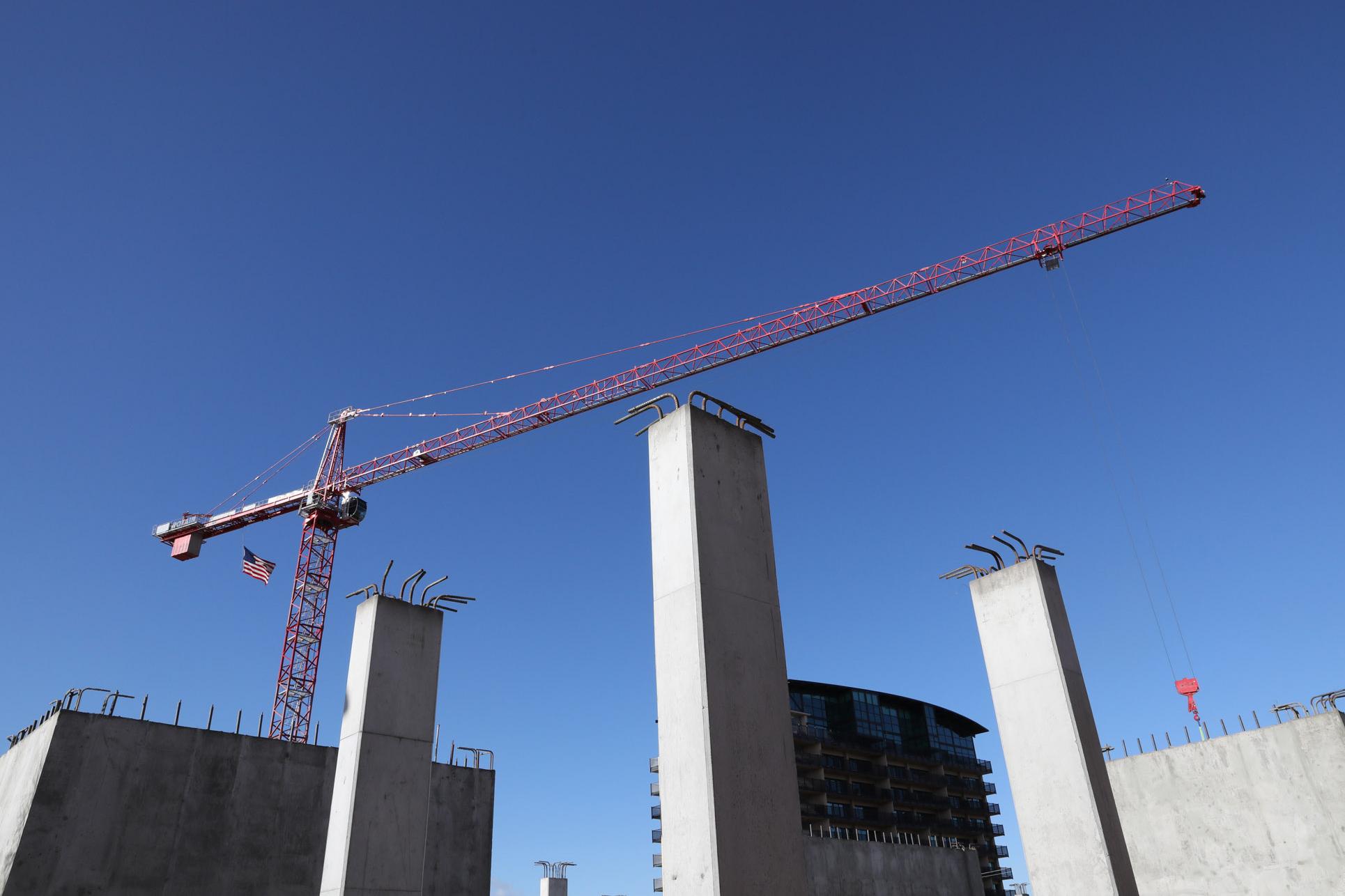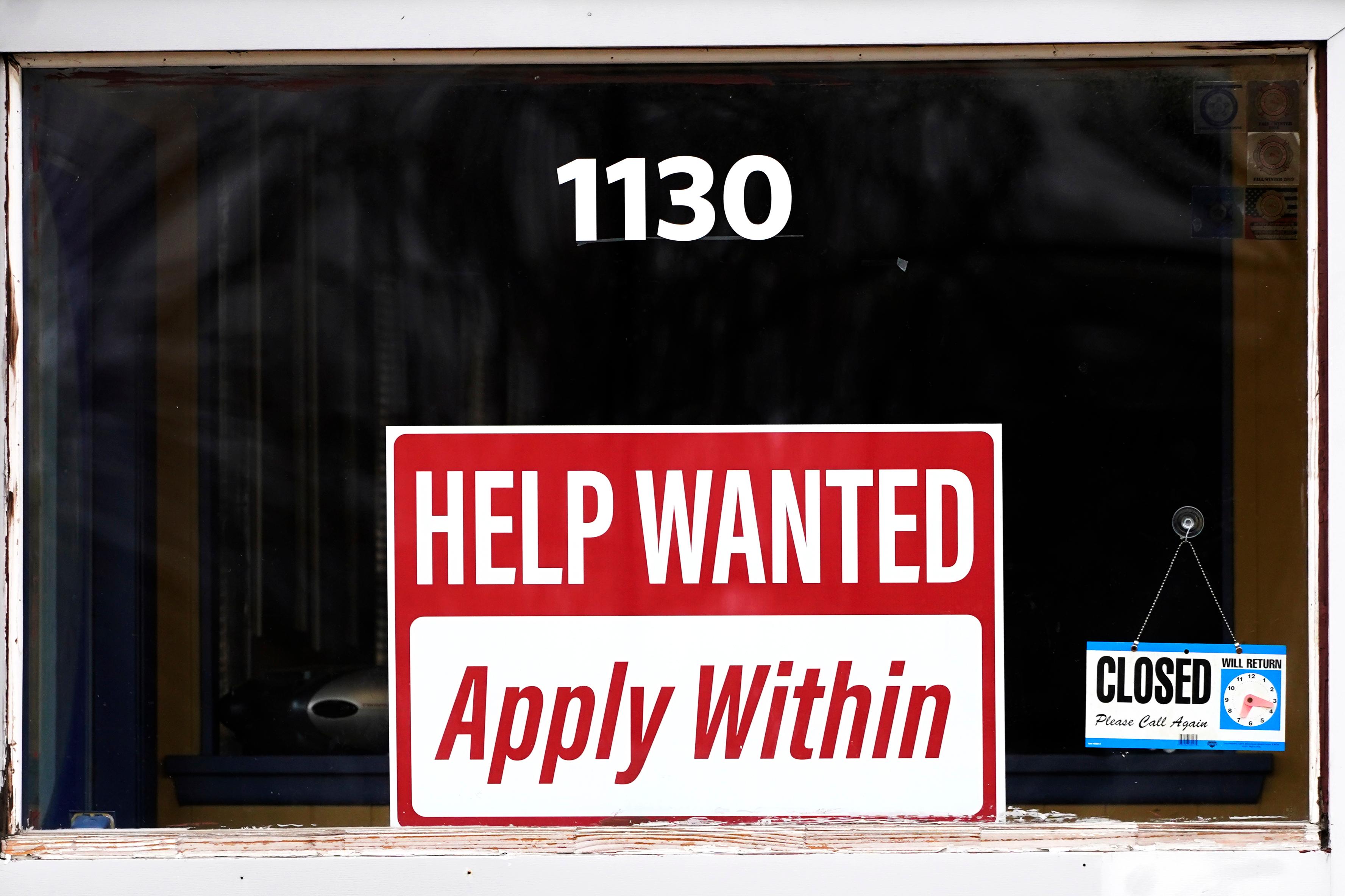
During the last four years there’s been an increase in housing units, bike routes and household income in Colorado Springs, all goals the city is aiming for, according to the latest PlanCOS annual update. But its affordability goals aren’t being met.
Affordability indices for both homeownership and apartment rents are trending in the opposite direction than what the master plan calls for. These indices measure home prices and rents in relation to the area’s median income.
Housing density increased though, with new residential dwellings per acre going up from 8.97 to 12.35 between 2020 and 2021. And, for the first time since the 1980s, construction of multi-family units surpassed single-family units.
Also, the number of downtown residences under construction saw a sixfold increase in 2021 from 214 to 1,330 and the amount of vacant land around the city is getting smaller due to infill development.
The city has made progress toward many of the other goals tracked as part of its plan. That includes decreases in unemployment rates and the number of people experiencing homelessness. It's also raised median hourly wages as well as added trails and increased access to parks.
Creative jobs and earnings were down substantially in 2020 due to the COVID-19 pandemic, but the creative vitality index, which compares the region to the U.S. average, rose that year. The report suggests that this higher index number could be due to a pandemic-related increase in non-profit activity that year, as non-profit activity is one of the variables included in the total score.








